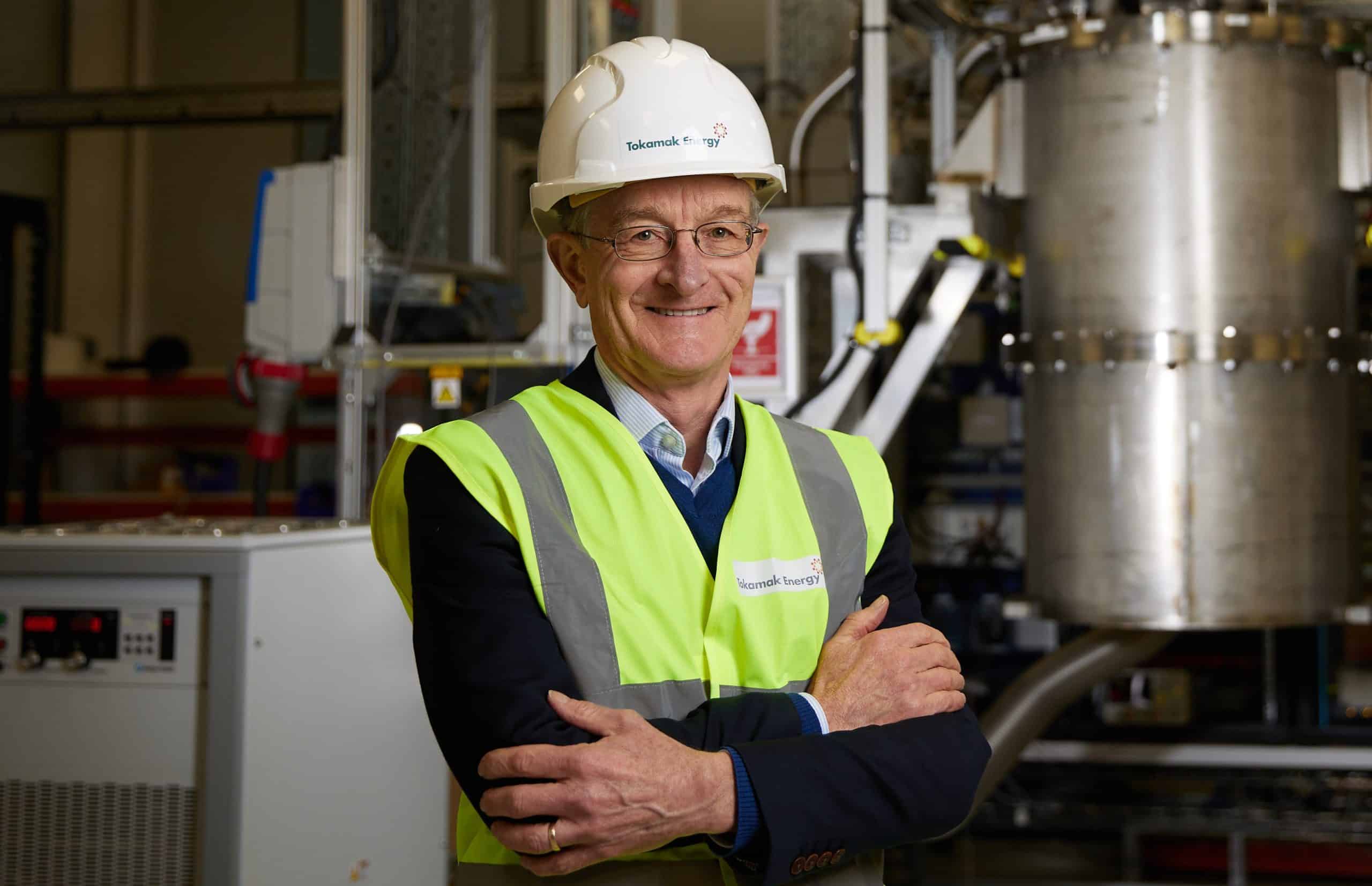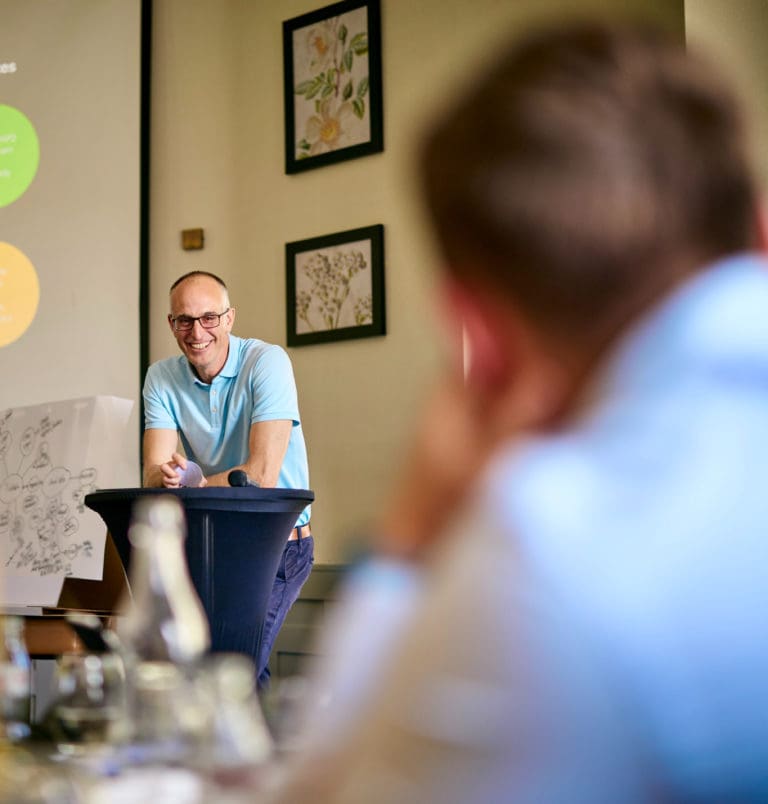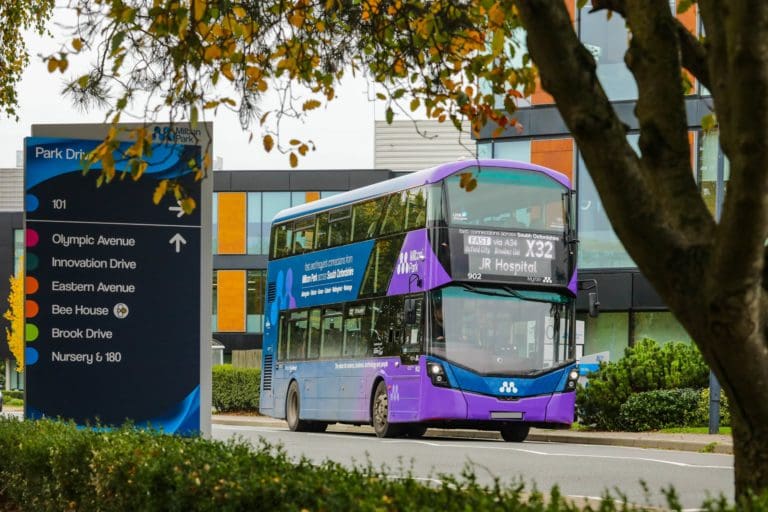The Milton Park team shines a spotlight on Tokamak Energy, a global leader in the development of fusion energy.
We uncover Tokamak Energy’s plans to transform the future of clean, limitless green energy and learn more about TE Magnetics, the company’s high-temperature superconducting (HTS) magnets division.
Tokamak Energy has been based at Milton Park since 2013. Since then, the team has benefited from the ample space to expand operations without the disruption of moving very far, over a decade of stability which has proved instrumental in driving its commercial growth.
Dr David Kingham, Tokamak Energy’s Founder and Senior Advisor, comments: “We started just up the road with three people as a private company embedded within a government research lab, but quickly outgrew our space, hence our relocation to Milton Park. We’ve since progressed through a series of buildings at the Park as we scaled up our activities, and there’s over 280 staff now.”
Since arriving at Milton Park, the company has continued to expand, supporting the development of its world-leading ST40 tokamak. Building on recent breakthroughs and research into superconducting magnets, Tokamak Energy has also launched TE Magnetics as a separate division to pioneer high performance magnet systems.
Reaching temperatures hotter than the Sun
The Tokamak Energy team is focused on emulating the power of the stars, harnessing nuclear fusion to produce clean, limitless energy.
Tokamak’s Plasma Diagnostician, Dr Hannah Willett, explains: “Fusion is the process that powers the Sun and other stars. You fuse atoms together and that releases a significant amount of energy. In our case, we use a tokamak, which is a reactor shaped like an apple core, which our plasma travels around, held inside this vacuum chamber.”
Inside Tokamak Energy’s ST40 fusion device, the team briefly achieved one of the highest temperatures in the solar system. Measuring over 100 million degrees Celsius, its plasma was momentarily six times hotter than the centre of the Sun!
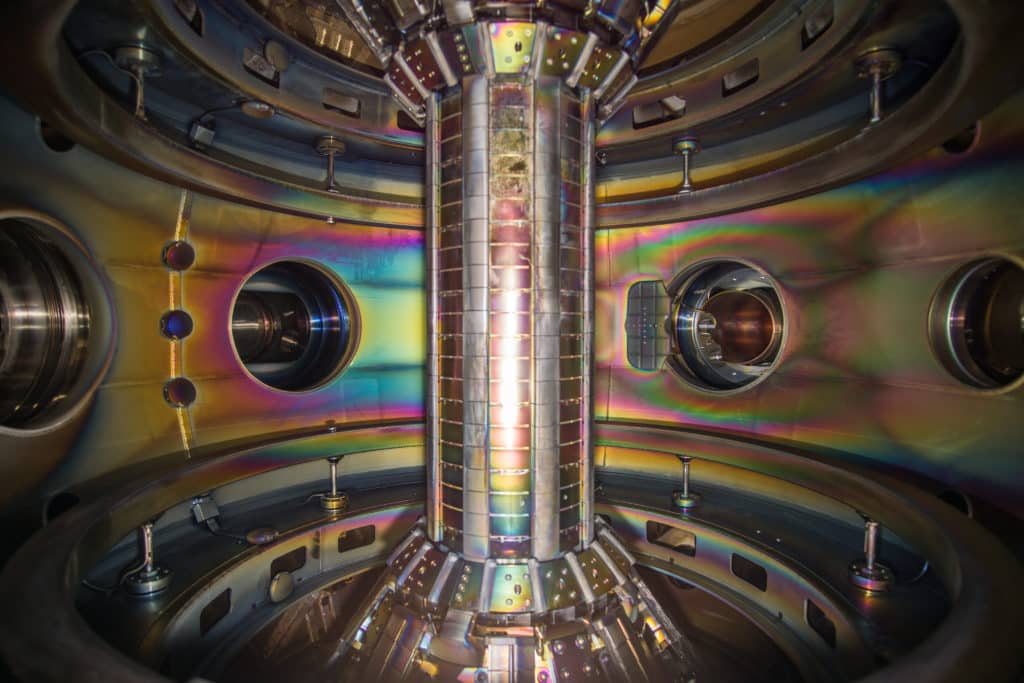
Image: ©Tokamak Energy Ltd. All Rights Reserved.
An attractive proposition for spinout technology
High-strength superconducting magnets are key to keeping a plasma stable inside a fusion power plant, something which Tokamak Energy has become a leader in developing. As a result, the team is now innovating with advanced magnets which have broad applications across fusion and beyond.
“There are lots of fusion businesses around the world and many of them require superconducting magnets,” said Dr David Routledge, TE Magnetics’ Laboratory Manager. “We really are the experts in high temperature superconducting magnets, so we would like to help them realise their vision for fusion.”
TE Magnetics’ high-temperature superconducting (HTS) magnets could prove revolutionary, with applications across scientific research, medical devices, renewable energy, energy storage and advanced transportation systems.
A global talent pool on the doorstep
Beyond its superconducting magnets, Tokamak Energy is also proving an attractive proposition to a global talent pool. With over 35 different nationalities represented, its drive for clean fusion energy is powered by a diverse and fast-growing team.
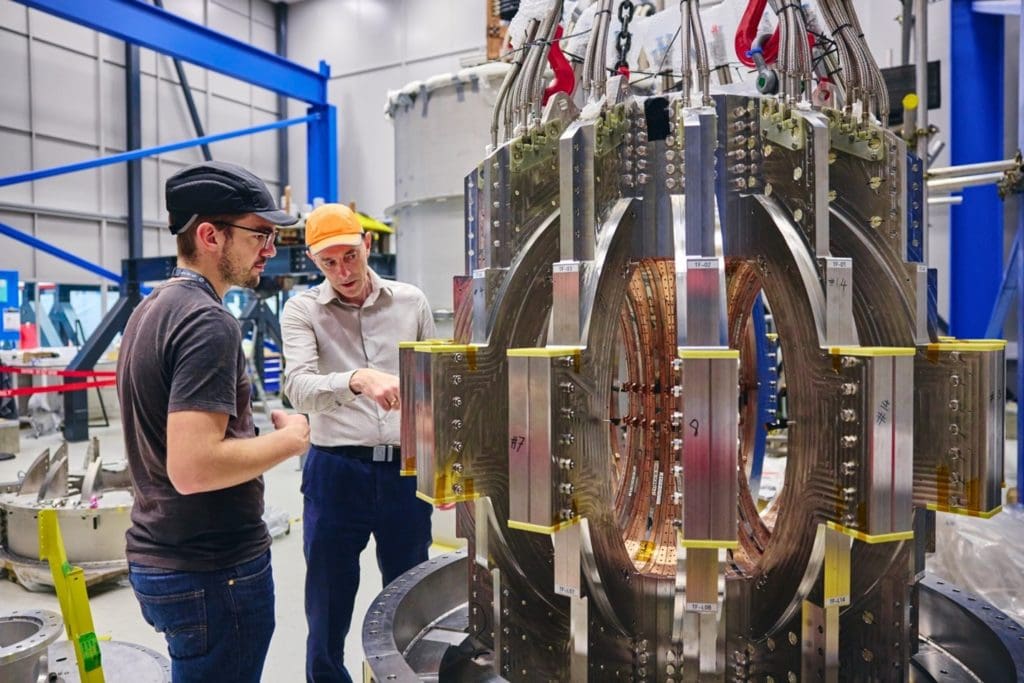
Nynke Toussaint, Tokamak Energy’s People Advisor, said: “Ranging from plasma physicists to magnet engineers, we attract top talent from around the world; a really diverse group of individuals who are drawn to the Milton Park community thanks to the location and transport links on their doorstep.
“It’s critical that we attract the next generation of talent. Ultimately, they are the ones who will benefit from the clean and reliable energy source we want to create.”
Dr Reza Mirfayzi, Team Leader of the Diagnostics Data Group, said: “Milton Park is in an ideal location. Being in the heart of the Oxford to Cambridge Growth Corridor supports our ability to attract talent and collaborate with other companies tackling global challenges.”
For others in the team, sustainability and ease of access to the workplace are high on the agenda. Whether it’s commuting by bike or making use of public transport, the surrounding infrastructure helps to support greener travel choices.
Hannah added: “Net Zero is really important to me and being able to make use of the cycle paths and also the bus pass scheme, especially when it’s tipping it down, is a real benefit.”
Collaborate to innovate
With a global reach, Tokamak Energy has recently secured an international partnership between the UK and Japanese governments and Furukawa Electric Group, an agreement which will establish a joint operational base in Japan to manufacture critical fusion energy power plant magnet technology.
Together, the companies are supporting the FAST (Fusion Advanced Superconducting Tokamak) development project, which aims to demonstrate fusion-based electricity generation in the 2030s.
Commenting on the agreement, Climate Minister, Kerry McCarthy MP, said: “Global partnerships such as this one will advance technological developments and help unlock limitless clean fusion power, bringing a fusion energy future closer to a reality.”
Closer to home, Tokamak Energy is also partnering with likeminded Milton Park occupiers, including LTi Metal Tech, which manufactured a pressure vessel vacuum chamber for the spherical Tokamak ST40 fusion reactor prototype.
Looking ahead – power plants of the future
The team recently announced a $52 million (£42.7 million) joint project funded by the U.S. Department of Energy and the UK’s Department of Energy Security and Net Zero, investment which has been put towards upgrades to its ST40 fusion device, helping to advance the technology needed for a future fusion pilot plant.
With fusion high on the UK government’s agenda in the recent Industrial Strategy, the future is looking bright for Tokamak Energy, which expects to see continued government enthusiasm over the next decade.
With Tokamak Energy’s rate of progress accelerating, thanks to breakthroughs in high-temperature superconducting magnets and agile private ventures, the future of clean, limitless fusion power could be just around the corner.
Dr David Kingham concluded: “The scene is set for a strong ten years, culminating, we hope, in a fusion pilot plant. Watch this space!”

